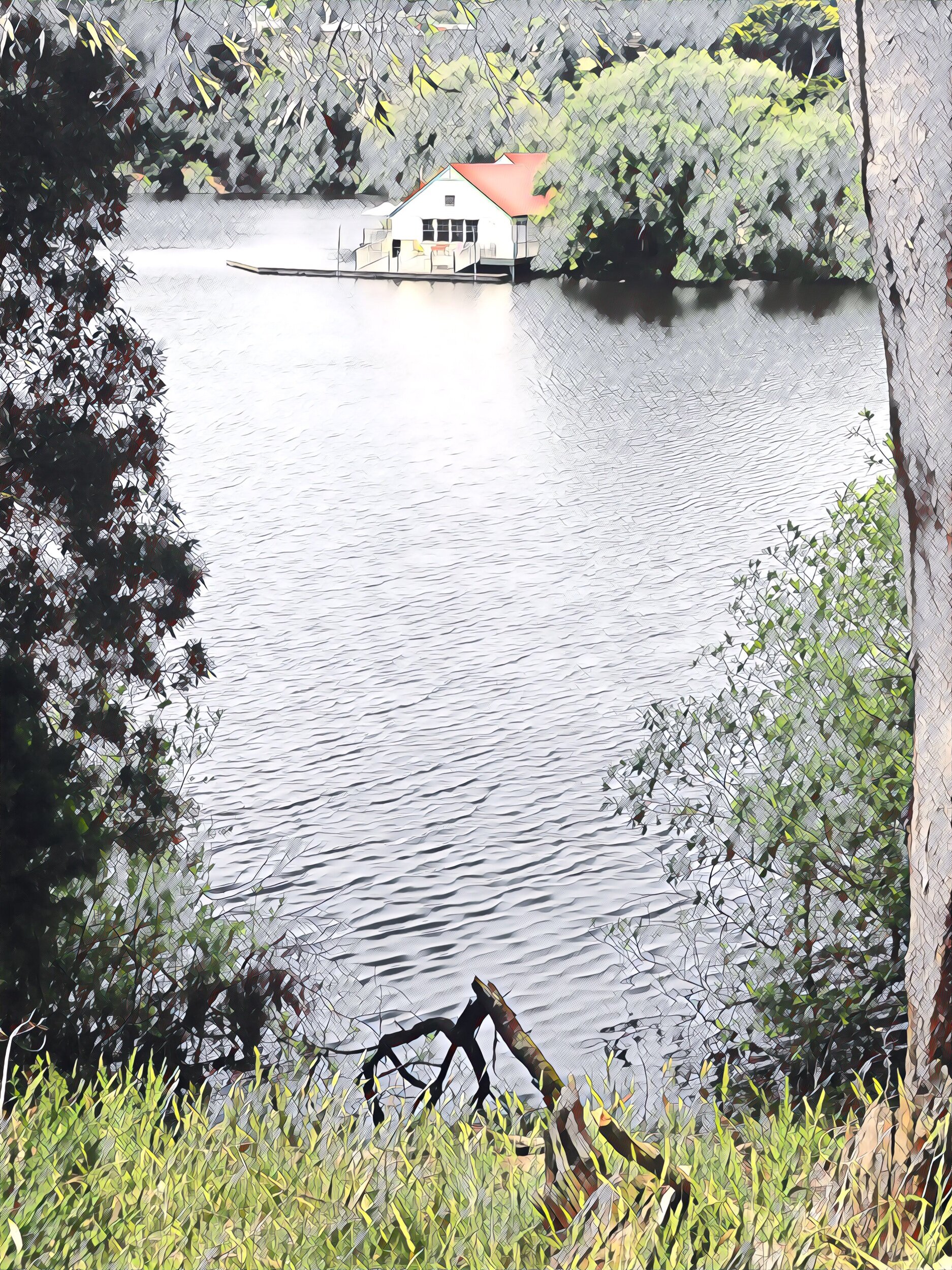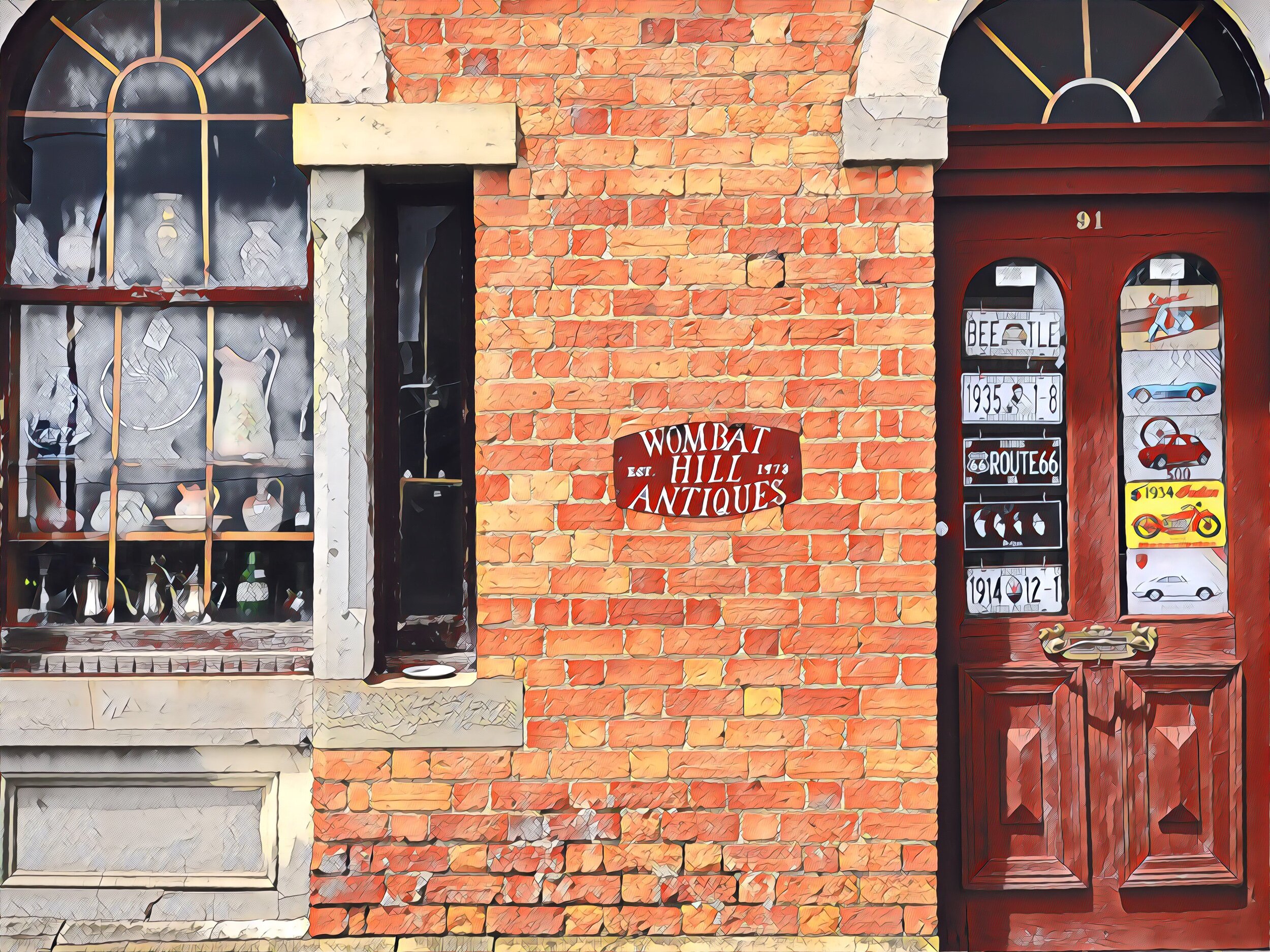Early in the year, not long after lockdown, I spent a morning down near Philip Island. I’d intended to reshoot a photo I’d made during a previous trip, but at dawn this time, with the full (and naive) expectation that I’d receive perfect weather, perhaps a sunrise, and I could improve on my previous efforts. It wasn’t to be. It was grim, and I was eaten by mosquitoes, and the tide was too high, and so I gave up.
I ventured off in search of another place to capture something. Why waste a perfectly good 3am rise? Not far from Tenby Point, where the tree photo I was imagining had eluded me, is a small hamlet comprised of a town, a couple of shops, a wharf and a caravan park.
While I was there I decided to try some intentional camera movement techniques. It was drizzling and overcast. Not particularly inspiring, but I could do something abstract that embodied the mood, something impressionistic and aesthetic.
I picked a location that included a rather underwhelming bit of coastline, with a seaweed-stained beach and some old pylons, and divided it into three segments, making an image of each by closing down the shutter, placing a neutral density filter in front of the lens, and then wiggling the camera during the exposure. Because they all relate a single scene, when I processed the images I framed them as a triptych. I’m actually pretty pleased with the way they worked out.
















